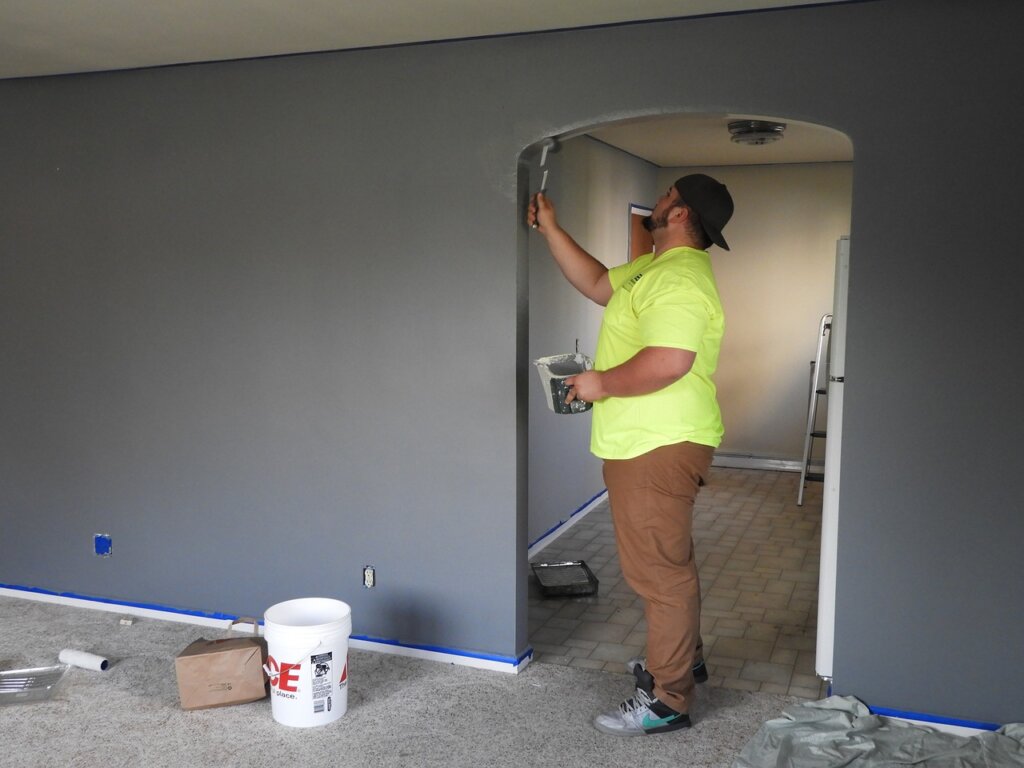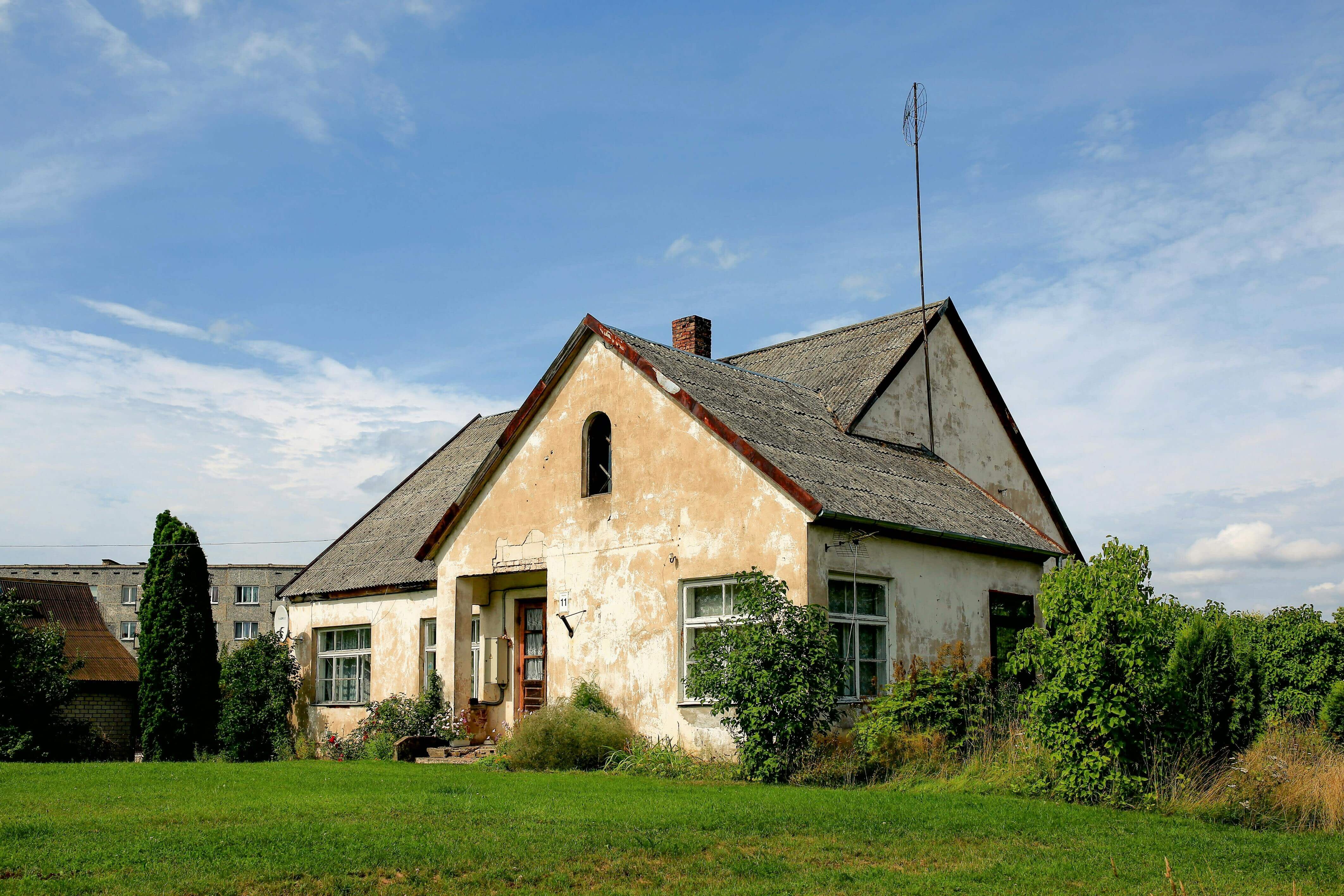Owning a property in bad condition can be stressful. One might think that it will never sell, or if it does, it won’t fetch a fair market value.
Fortunately, there’s always a way to make things work in the Lone Star State, even if your homestead’s a little worn. Implementing some strategies and making a few changes can help you sell your house at a reasonable price in no time. All you need is a good knowledge of the Texan real estate field. Here are ten tips to make selling your house in poor condition manageable.
Table of Contents
Tip 1: Understand The Market Value

It is critical to understand the current market value of your house because setting a high price can dissuade consumers. As a seller, you should be familiar with the market and evaluate your property as a buyer: would you pay the price you set, and does it appear reasonable? Conversely, you should also resist the urge to undersell by selecting a cheap price. Contrary to popular belief, it might make potential buyers think something is wrong with the property.
Hire a local appraiser or real estate agent experienced with your country’s district appraisal calculations for appropriate pricing. Home appraisals inform you of your property’s fair current market value. They assess your home’s location, size, and condition and may recommend adjustments to boost your profits. While recommended, appraisals can be quite costly. Thus, you can also get a reasonable estimate of your property via analysis of your neighborhood property listings.
Tip 2: Highlight the Potential
Even if your home is in poor condition, highlighting its potential features can significantly attract more interest and a better offer. Start by emphasizing any unique attributes that catch a buyer’s eye. For example, if your house has an original hardwood floor under worn carpets, point it out. Don’t forget to showcase the property’s good bones—like a solid foundation, a newer roof, or an efficient layout.
If there’s a spacious backyard or a fantastic view, play these up in your listing and during showings. It’s all about helping potential buyers envision what the house could become with some work. Use potential renovation ideas to help paint a picture of the home’s possibilities, turning what might seem like drawbacks into opportunities for transformation.
Tip 3: Make Essential Repairs

When selling a home that needs work, making restoration and repair investments is essential. Establish a budget and decide which repairs will best enhance the state of your home. Sometimes, making two or three upgrades is sufficient, and the buyers can take it from there.
Prioritize the most important fixes. Texas has a hot temperature; therefore, purchasers will inspect the cooling systems closely. Texan homes frequently require significant repairs to their roofs, foundations, and HVAC systems.
Pay attention to enhancements that are both aesthetic and valuable additions that raise the property’s value. Consult your realtor if you need help deciding which repairs are necessary.
Tip 4: Consider Selling As-is
An alternative strategy is selling your house just as it is, without renovations or alterations. This approach means you’re offering the property in its existing state without making repairs or improvements. Although this may appear to be a loss at first, there are several advantages:
- Budget-friendly: You can sell your house quickly, which saves you money on renovations and repairs.
- No buyer demands: Buyers won’t ask you to make changes to suit their preferences since you’re selling the house as-is.
- Targeted buyers: Some businesses can provide reasonable prices and specialize in purchasing houses in disrepair.
Selling anything as-is has drawbacks, too, like a limited buyer pool and lower market value. To price an as-is property competitively, assess the market for similar homes and subtract estimated repair costs. This transparent pricing will help attract serious buyers who understand the deal’s potential.
Tip 5: Staging The House
When staging the house, show buyers that each room serves a purpose and emphasize the space inside each room. For example, portray the basement as an extra guest room or recreational space; an attic can be shown as a potential office.
Also, use natural light to enhance the appearance of your home. When the buyers arrive, open all blinds and drapes to let in as much natural light as possible.
Moreover, some tasks before showings are essential:
- Deep cleaning: Ensure your home is thoroughly cleaned to make it more appealing.
- Depersonalizing: Remove personal items to create a blank space and help buyers envision their customizations.
- Decluttering: Clear out excess items to make the home look more spacious and inviting.
Use strategic staging to minimize the visibility of any flaws. By carefully arranging furniture and decor, you can draw attention away from less desirable aspects and highlight the property’s strengths.
Tip 6: Offer Incentives

Offering incentives might increase the appeal of your property, even if it could be in better condition. Here are a few incentives you can offer:
- Home warranty: Adding a home warranty gives buyers peace of mind about the upkeep of major systems and appliances.
- Repair credit: You can support the buyer, for example, by paying for some repairs like floors and pipes.
- Closing costs: You help the buyer cover some of the paperwork and other legal duties of purchasing property. Such financial aid makes the purchase appealing for buyers on a budget linked with the home.
- Flexible terms: Provide the buyer flexibility regarding relocation dates, needs, or other timelines.
Tip 7: Market Effectively
Effective marketing is crucial when selling a house in poor condition, as it can significantly broaden the pool of potential buyers and generate more interest.
First, leverage the power of online platforms like real estate websites and social media to showcase your property. Targeting specific buyer demographics is key. Identify groups who might be particularly interested in a fixer-upper, such as property flippers or landlords looking for rental properties.
Lastly, working with a real estate agent with experience selling homes in poor condition can be a huge advantage.
Tip 8: Be Transparent
Being open and honest about a house’s condition is essential when selling it. Disclose any known issues up front, as this not only fosters trust with potential buyers but also mitigates the risk of legal repercussions down the line.
It will also prevent misunderstandings during negotiations and ensure a smoother transaction process overall. Ultimately, being upfront about your home’s condition benefits the buyer and enhances your reputation as a seller who values honesty and fairness in real estate transactions.
Tip 9: Consider Cash Offers

Seek out purchasers with cash; this may be the best way to sell a run-down house. Cash transactions typically close faster than those involving financing. Additionally, cash buyers often purchase properties as-is, eliminating the need for you to make costly repairs or deal with lengthy negotiation processes. To find reputable cash buyers in Texas, you can start by networking with local real estate agents specializing in such transactions.
Tip 10: Seek Professional Help
Working with experienced real estate professionals can make a huge difference when selling a home, especially one in a less-than-ideal state. They bring expertise in navigating the complexities of the real estate market, including pricing, marketing, and negotiating deals.
A-List Properties specializes in assisting homeowners in selling houses in poor condition, ensuring they receive the best possible offers for their property. By partnering with A-List Properties, you gain access to a network of resources and industry knowledge that can streamline the selling process.
Conclusion
Navigating selling a house in poor condition in Texas requires a well-thought-out strategy. Initially, you can highlight the property’s potential features and utilize our practical tips to attract the right demographic.
Alternatively, consider selling your home as-is with A-List Properties for a straightforward and hassle-free sale. This approach eliminates costly repairs and renovations, allowing you to move forward without the additional financial burden.
Whether you choose to maximize the home’s potential yourself or opt for the ease of an as-is sale, A-List Properties is here to support you!
Give us a call today at (972)526-7042
FAQS
1. Can I sell my house in Texas if it’s in poor condition?
Yes, selling a house in poor condition in Texas is possible. However, as required by Texas law, potential buyers must be informed of any issues that could impact the property’s value or safety.
2. Do I need to make repairs before selling my house?
Whether repairs are necessary depends on your goals and the house’s condition. While repairs can enhance marketability and sale price, they may sometimes be obligatory. Some buyers may be interested in purchasing a fixer-upper and are willing to undertake renovations themselves.
3. How do I determine the selling price for a house in poor condition?
Determining the selling price for a house in poor condition involves careful assessment of its current state and the local real estate market. Consulting with a real estate agent such as A-List Properties, experienced in selling distressed properties, can provide valuable insights through a comparative market analysis (CMA).

Zach Shelley
Zach Shelley is a seasoned real estate investor with a diverse network spanning across the nation. As the founder of his own real estate venture, Zach is committed to offering innovative solutions to homeowners facing various real estate challenges.. Through his dedication and strategic approach, Zach continues to make a significant impact in the real estate industry, providing homeowners with alternative pathways to navigate their property transactions.



